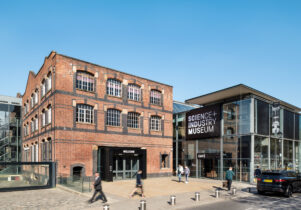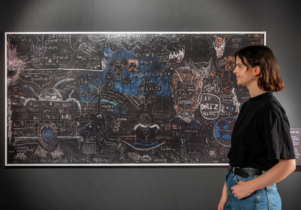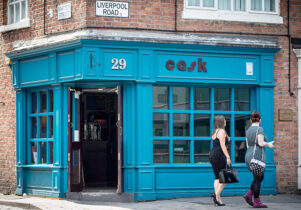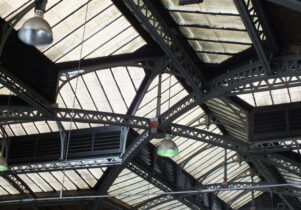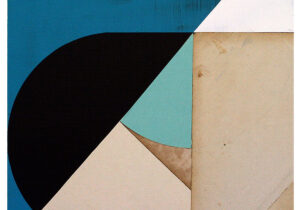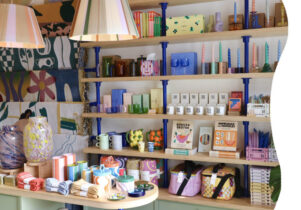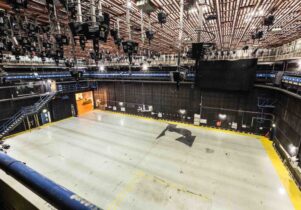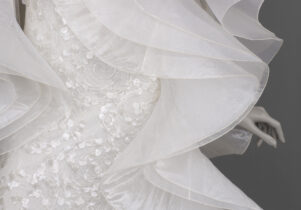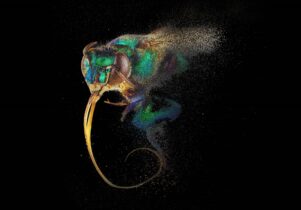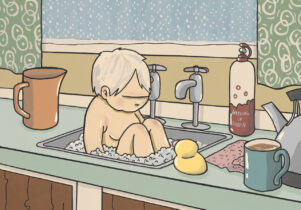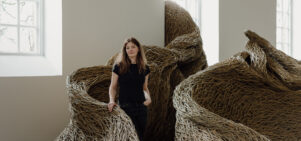Wonder Materials: Graphene and Beyond
Polly Checkland Harding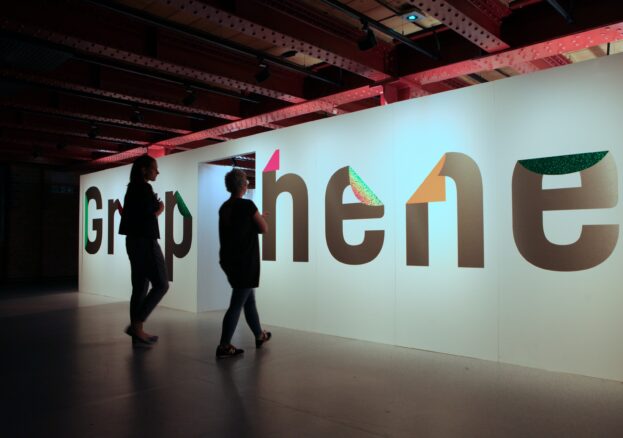
Wonder Materials: Graphene and Beyond at the Museum of Science and Industry is a treat for art lovers and science enthusiasts alike. In fact, it’s a dream for people who are both: this exhibition thinks creatively about graphene, the world’s only two-dimensional material, recently (and groundbreakingly) isolated at the University of Manchester. It combines the latest understanding of what graphene is, and what its potentially world-changing outcomes might be (including flexible and wearable electronics, rust free cars and the instant desalination of water), with artistic responses from internationally renowned artists.

After all, as Kostya Novoselov, one of the two Nobel Prize-winning scientists who isolated graphene, observed “artists and scientists both rely on curiosity, willingness to learn and imagination.” So it was that Novoselov and Andre Geim ended up using sellotape, of all things, to capture the one-atom thick layer of graphene, something never previously achieved. And so it was that musician Sara Lowes’ composed a Graphene Suite in six movements to reflect graphene’s six-sided honeycomb structure, a piece of music that will be featured in Wonder Materials.
One of the highlights of Wonder Materials, on display in a room that will take up a quarter of the entire exhibition space, is experimental studio Random International’s response to graphene following a residency at the National Graphene Institute. The creators of the renowned Rain Room were tasked with the challenge of creating an art work about an invisible material (a vial of graphene looks like an empty tube); the result is their first ever video work, a 12 metre long film projected over four screens made immersive by its “sheer physical presence”, sound and visuals.

Random’s installation is joined by work from Manchester-based artist Mary Griffiths, as well as objects (including the famous sticky tape dispenser), photographs, film and music. Wonder Materials makes the link between graphene and graphite, an artist’s material used for centuries, whilst also looking at how leading graphene scientists are using art to progress their work; Dr Melina Blees of Cornell University, for instance, has developed tiny graphene springs and hinges using techniques based on Japanese paper-cutting. Sponsored by Haydale, Wonder Materials is, in short, one of the most cutting edge exhibitions to premiere in Manchester for some time, inspired by the mysterious material that is the subject of the European Union’s biggest ever research initiative.
#GraphenePower! Send the Museum of Science and Industry your graphene snaps to be in with a chance of winning an iPad mini. The best graphene-inspired pose will win – with extra points if you pose in the exhibition itself. Share your #graphenepower photos with MSI on Twitter or Instagram @msimanchester. See the full details and submit your entry here. Good luck!
